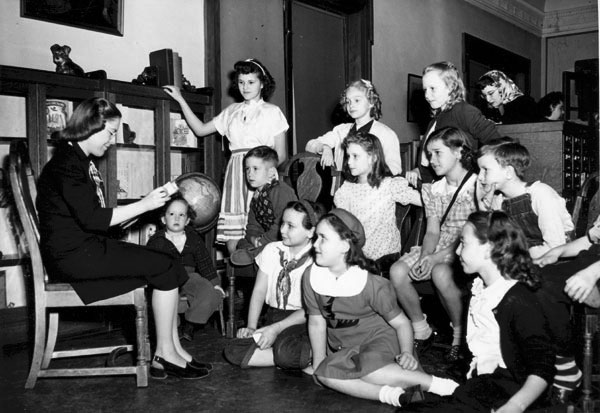The Baseball Creation Myth

More than any other type of story, the "creation myth" may loom the largest.
Every time we talk about our forefathers at "the birth of our nation" or celebrate the birth of Jesus, we are celebrating creation myths. These stories are important because they are founding moments. These are the moments where a person, movement or country defined itself first.
Why do you think we care so much about where Superman came from? Or about the first time Christopher Columbus landed in America?
For whatever reason, we are drawn to these stories. We can say for sure, "this" started "then." We can draw far-reaching conclusions from the circumstances of beginnings.
Lo and behold, another essay problematized some shit for me.
Stephen Jay Gould, in 1990's Best American Essays (also Natural History Magazine) writes about baseball's creation myth.
Some broswinforever readers may have been told at a young age about a man named Abner Doubleday in Cooperstown, New York.
Abner Doubleday had, in 1839, interrupted a marbles game behind the tailor’s shop in Cooperstown, New York, to draw a diagram of a baseball field, explain the rules of the game, and designate the activity by its modern name of “base ball” (then spelled as two words).
Doubleday, a celebrated Union General in the Civil War, was for many years recognized as baseball's founder. A blue-ribbon commission of two senators, prominent businessmen and historians confirmed the fact. It was in history books. The Baseball Hall of Fame was constructed in Cooperstown.
The trouble was- it was only part of the story. Rather than starting in one time and place, baseball evolved over time in many different iterations. Ultimately though, the game came from Britain as a variation of cricket.
Working people played a different kind of stick-and-ball game, existing in various forms and designated by many names, including “rounders” in western England, “feeder” in London, and “base ball” in southern England. For a large number of reasons, forming the essential difference between cricket and baseball, cricket matches can last up to several days (a batsman, for example, need not run after he hits the ball and need not expose himself to the possibility of being put out every time he makes contact). The leisure time of working people does not come in such generous gobs, and the lower-class stick-and-ball games could not run more than a few hours.
The evidence for Doubleday is scant, and historical clues point to a complicated evolution. So why do we still recognize the name Abner Doubleday? Why do we still have baseball ceremonies in Cooperstown?
Too few people are comfortable with evolutionary modes of explanation in any form. I do not know why we tend to think so fuzzily in this area, but one reason must reside in our social and psychic attraction to creation myths in preference to evolutionary stories—for creation myths, as noted before, identify heroes and sacred places, while evolutionary stories provide no palpable, particular thing as a symbol for reverence, worship, or patriotism. Still, we must remember—and an intellectual’s most persistent and nagging responsibility lies in making this simple point over and over again, however noxious and bothersome we render ourselves thereby—that truth and desire, fact and comfort, have no necessary, or even preferred, correlation (so rejoice when they do coincide).
Narratives offer meaning, but can too often offer false meaning. In the words of Joan Didion, they can "flatten and distort" a complicated mess of facts. Yes, it's nice to be able to identify beginnings. But our desire to make our world more manageable and less confusing does not mean we have to ignore facts.
Does it?









